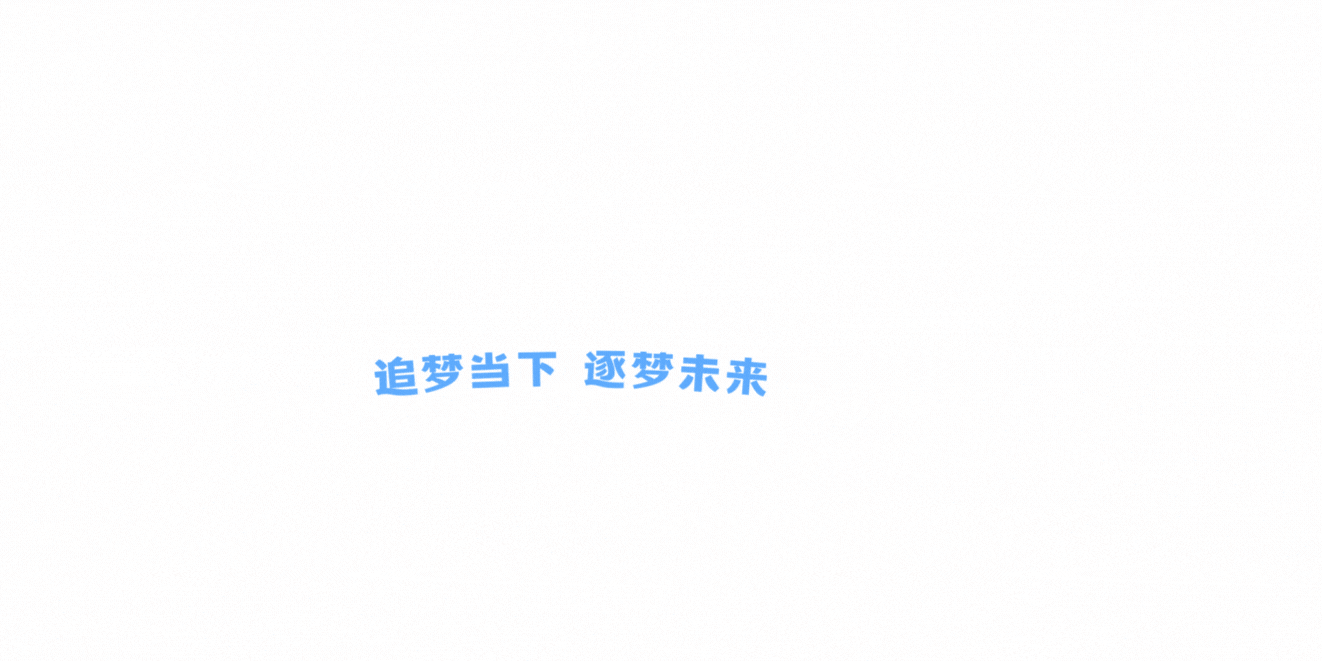一.创造一个USTRUCT
1.首先需要创建一个,None。
#include "LineDataStruct.generated.h"FTPAData里加入GENERATED_USTRUCT_BODY();
//Topic=DDS_TPA_Data, 预测航迹线,单次事件
USTRUCT()
struct FTPAData
{
GENERATED_USTRUCT_BODY();
int16 header; // 包头
int16 flag; // 标志位
int64 timestamp; // 时间戳
int16 validPointCount; // 轨迹有效点数 最大值1000,轨迹有效点数为N1时读取N1个轨迹点数据
int16 reserved1; // 预留接口1
int16 reserved2; // 预留接口2
int16 reserved3; // 预留接口3
int32 reserved4; // 预留接口4
int32 reserved5; // 预留接口5
FTPAData_Point TPAData_Point[1000]; // 轨迹点数组
int16 checksum; // 校验值
};
#pragma pack()如果想让蓝图认识,需要加BlueprintType。如果想让变量能在蓝图中访问,可用Break/Make,需要使用UPROPERTY修饰符(BlueprintReadWrite)。
二.画线插件
不多废话,直接上代码
UCLASS()
class HMSLINESYSTEM_API UDrawLineSubsystem : public UGameInstanceSubsystem
{
GENERATED_BODY()
public:
void UpdateLinePath(int id,FVector First,FVector Second);
//
void UpdateLinePath2(int id,FVector First, FVector Second);
//void LinePatch(FVector Fi);
private:
void InitialGeoreference();
public:
private:
ACesiumGeoreference* Georeference;
//航迹线,航迹线id
TMap<int8, ASplineActor*> LinePathMap;
TMap<int8, ALinePatchActor*> LinePatchPathMap;
UMaterialParameterCollectionInstance* M_ParamCollection;
int num = 100.f;
};先介绍,这种简单一点的通过,UE自带的LinePatchComponent进行画线,给一头一尾就能画。将Cesium的点换为UE坐标系的点,再去画。
//void UpdateLinePath2(int id,FVector First, FVector Second);
void UDrawLineSubsystem::UpdateLinePath2(int id, FVector First, FVector Second)
{
int32 tmpPathID = id;
if (LinePatchPathMap.Find(tmpPathID))
{
if (!Georeference)
InitialGeoreference();
if (!Georeference) return;
if (!First.IsZero())
{
//处理点位信息
FVector tmpDataPosition = FVector(First);
FVector FirstUELocation = Georeference->TransformLongitudeLatitudeHeightPositionToUnreal(tmpDataPosition);
LinePatchPathMap[tmpPathID]->SetActorLocation(FirstUELocation);
First = FirstUELocation;
}
if (!Second.IsZero())
{
//处理点位信息
FVector tmpDataPosition = FVector(Second);
FVector SecondUELocation = Georeference->TransformLongitudeLatitudeHeightPositionToUnreal(tmpDataPosition);
Second = SecondUELocation;
}
LinePatchPathMap[tmpPathID]->CreateLine(First, Second);
//M_ParamCollection->SetScalarParameterValue(FName("CollisionHeightLow"), CollisionRender.HightLow * 100.f);
}
else
{
ALinePatchActor* LinePatchActor = GetWorld()->SpawnActor<ALinePatchActor>();
if (!LinePatchActor)
{
UE_LOG(LogTemp, Error, TEXT("failed to spawn LinePathActor! UDrawLineSubsystem::UpdateLinePath2"));
return;
}
else
{
LinePatchPathMap.Add(tmpPathID, LinePatchActor);
}
}
}这个是画线的,把头和组件加上就行了。
#include "Components/LineBatchComponent.h"// Sets default values
ALinePatchActor::ALinePatchActor()
{
// Set this actor to call Tick() every frame. You can turn this off to improve performance if you don't need it.
PrimaryActorTick.bCanEverTick = true;
SetRootComponent(CreateDefaultSubobject<USceneComponent>(TEXT("DefaultSceneRoot")));
LineBatchComponent = CreateDefaultSubobject<ULineBatchComponent>(TEXT("LineBatchComponent"));
LineBatchComponent->SetupAttachment(RootComponent);
}void ALinePatchActor::CreateLine(FVector First, FVector Second)
{
LineBatchComponent->Flush();
LineBatchComponent->DrawLine(First, Second, FColor::Purple, 1.f, 50.f, 0); // Adjust the colors and thickness as needed
}
用UGameInstanceSubsystem做插件的好处,有很多。自己能管理生命周期,获取方便。
把模块和头加上就能从GameInstance里获得GameSubsystem,再转换为自己的system。
UDrawLineSubsystem* LineSystem = GetWorld()->GetGameInstance()->GetSubsystem<UDrawLineSubsystem>();


















